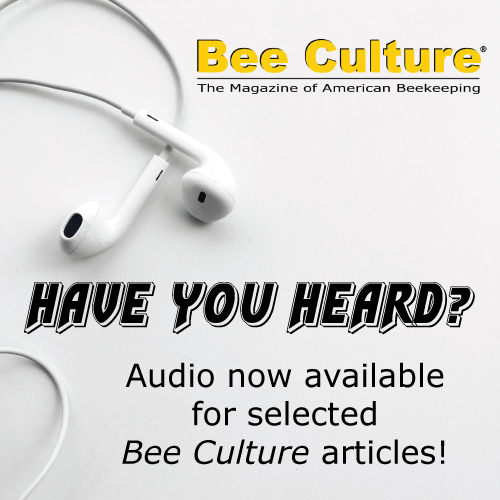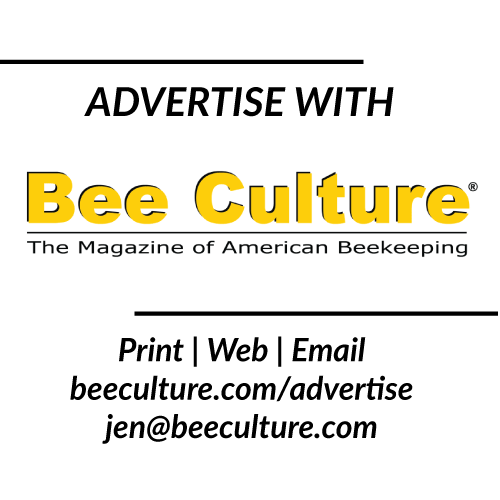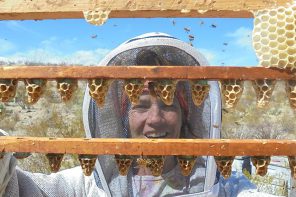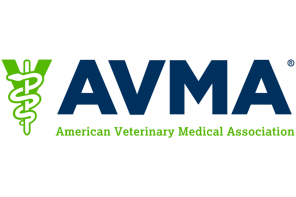Protein Sources and Colony Growth
By: Jay Evans
Hopefully those in the Northern hemisphere have your bees situated so they are taking advantage of this month’s bounty of flowers. Bees have evolved with, and driven the evolution of, flowers and honey bees and generally know when and how to harvest the good stuff those flowers produce. In ideal conditions your bees are surrounded by diverse, untainted flowers and resources. This is especially important thanks to the many components of natural pollen, which provides not just body-building protein but bee requirements from plant chemicals to fatty acids and micronutrients. A recent openly available review from Maciej Sylwester Bryś and colleagues in Poland (“Pollen Diet—Properties and Impact on a Bee Colony”, 2022, Insects, https://doi.org/10.3390/insects12090798) hits the key points in the search for beneficial pollens. They end with, “While single species pollen has specific benefits, bees require pollen from diverse sources to maintain a healthy physiology and hive. Multipollen diet should be offered to the bees to derive requisite benefits and at the same time be secure of the colony requirements.” These pollen sources might be gathered over time as new plant species come into flower and others fade, leading to a mixed cupboard in the hive. While I do not know of evidence for this, it would be nice to know if bees, like us humans, draw from different parts of this cupboard for each ‘meal’, to make sure they are getting a range of diversity for their own needs and those of their offspring.
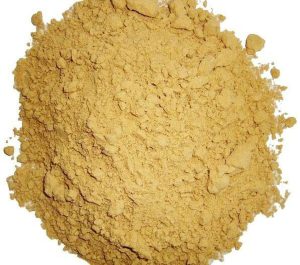
But what happens if your bees aren’t lucky enough to live in a utopia of diverse flowers, or have not been able to store sufficient pollen when that window was open. Also, most of us live in highly seasonal climates and there is often a desire to supplement our bees either for our needs (i.e., fast growth for splits as well as larger workforces for pollination contracts or honey gathering) or the bees’ needs (perhaps when bad weather or post-Winter weakness might conspire to make colonies miss key flowering events altogether).
Three recent papers tackle some of the current options available to beekeepers to give their colonies a boost, via natural pollen supplements or other sources of nutrients. I have no interest in recommending particular products, but appreciated the research insights into how honey bees convert specific supplements into new, healthy offspring. Shelley Hoover and colleagues in Alberta describe a three-year field study of bee feed supplements in their study “Consumption of Supplemental Spring Protein Feeds by Western Honey Bee (Hymenoptera: Apidae) Colonies: Effects on Colony Growth and Pollination Potential” (2022, Journal of Economic Entomology, https://doi.org/10.1093/jee/toac006). They gathered and scored colonies immediately after Winter storage and fed them feeds containing pollen or alternate protein sources (versions of Bee Pollen-Ate, FeedBee, Global Patty and Healthy Bees). With or without pollen, the feed supplements had protein ratios similar to natural pollen and many of the other diet needs reflected in pollen, albeit with shifts in relative amino acid abundance. All supplements were consumed readily, although FeedBee was taken at slightly lower rates. Interestingly, a ‘Trio’ of three protein supplements that perhaps better mimics a multifloral resource was consumed preferentially to single-type diets, to the tune of over 1,792 grams in five weeks versus the next-favored patty (Global Patty 15%, 1,379 grams). In the end, these consumption rates did not necessarily predict impacts on colony health and all diets were palatable. Here, the tested supplements indeed showed their worth relative to control colonies fed only sugar. The pollen-based diets did better across the three years than others, under local conditions, indicating they can provide bees an early season boost over natural forage, as advertised.
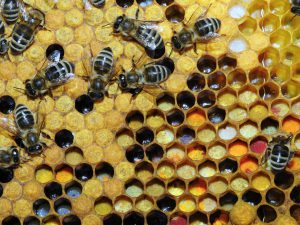
Vincent Ricigliano and colleagues carried out a feed supplement trial across the dearth season of a U.S. commercial beekeeping operation, a key consumer group for bees and agriculture (“Effects of different artificial diets on commercial honey bee colony performance, health biomarkers, and gut microbiota” BMC Veterinary Research (2022) 18:52; https://doi.org/10.1186/s12917-022-03151-5). These trials started with 144 equivalent Californian colonies which were provided supplemental patties starting in August for a total of 12 times over the course of the subsequent months. The goal was to see how treated and supplemented colonies looked prior to the next year’s almond pollination event, in apiaries not blessed with great natural forage over the measured time period. Two of the tested supplements held natural pollen (Global and ‘Homebrew’) while the rest used alternate protein sources (Ultra Bee, Bulk Soft, MegaBee™, AP23, and Healthy Bees™). All supplements had protein ratios within range of natural pollens (15-20%). Nevertheless, they differed significantly from natural pollen and from each other in key components including the ratios of specific essential amino acids and lipid levels. All diets were consumed equally well at the first feedings, although some were eaten less readily as the experiment continued. Six months later, in preparation for almond pollination, there were strong differences in colony strength based both on which of three apiary locations a colony had been placed into and the supplemental diet provided. While the apiary differences highlight the complexities of working with field colonies, the diet results give insights into the effectiveness of specific supplements in at least one part of the world.
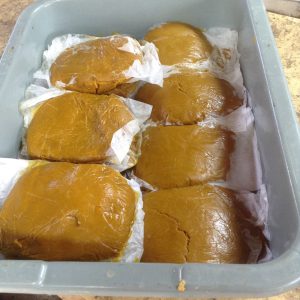
Emily Noordyke and colleagues focused on the effects of late-season protein supplementation on colony survival in part of a mild Florida Winter (“Evaluating the strength of western honey bee (Apis mellifera L.) colonies fed pollen substitutes over Winter,” 2021: Journal of Applied Entomology; DOI: 10.1111/jen.12957. Experiments were started in November with supplementation via two commercial protein supplements (Api23 or Megabee) compared to a non-supplemented control set of colonies. Experimental colonies faced an environment with diminished natural pollen and were further stressed by pollen traps. Both supplements led to stronger colonies (less weight loss) than those not receiving supplements, although the results were only significant for Api23. Brood mass was higher in both supplemental cohorts than in the controls.
These colony-level and season-relevant experiments show the benefits of protein supplements in times of dearth. For now, your bees are hopefully getting the bounty of great flowers and are building for splits and healthy long-lived foragers now and into the Fall.


